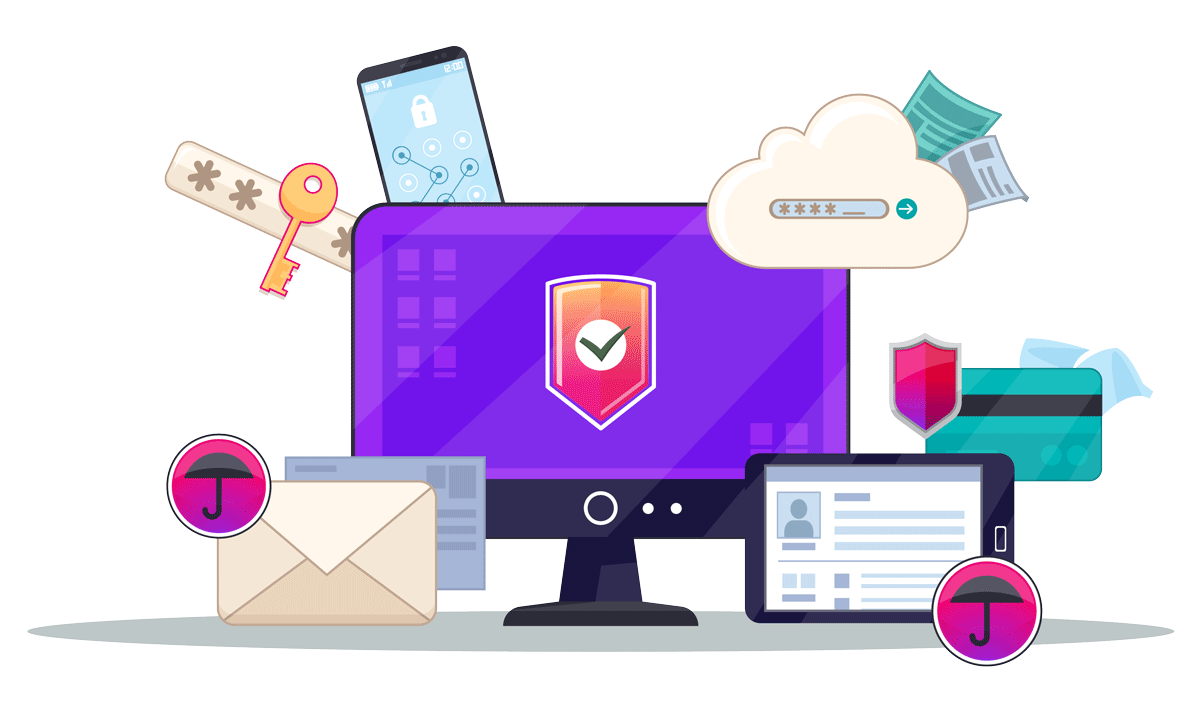In the preceding part, we discussed four key roles in project management. In continuation of this blog series, VNEXT Global will discuss four additional roles that managers must be aware of when working for a software development company.
1. Backend
.png)
The backend of a software product is responsible for accepting requests from client apps and processing them on dedicated servers, which are often hosted by cloud services or server providers. To name a few examples, you can host a product's backend on Amazon Web Services, Google Cloud Platform, and Microsoft Azure Cloud computing.
There are other types of backend web services (e.g., RESTful, WSDL, and SOAP) that expose a set of operations that can be used by frontend applications or even integration services, but the focus of this blog will be on RESTful. RESTful web services are currently one of the most popular because they often rely purely on the HTTP protocol, unlike WSDL and SOAP, and they are relatively easy to comprehend and implement.
When product managers create new features or stories, backend teams typically implement them first because the rest of the product depends on them to complete the story. In certain instances, both frontend and backend implementations will begin concurrently, as there are always activities that may be completed without the backend, such as the implementation of the displays, and then subsequently connected.
Backend developers frequently face obstacles while developing backend operations, especially in terms of performance. This is because the backend must simultaneously handle a large number of queries, as all applications will be pointing at it.
When developing backend endpoints, optimization is a major consideration, including how to retrieve data, how to arrange data, how to make them easily adaptable to future modifications, and how to interact with external services, caches, databases, etc.
Authentication and authorisation are an additional concern that the backend must address. Public versus private endpoints, user roles (what users can or cannot access), revocation of access, etc., must be meticulously established by product managers, as they are fundamental to the product's concept.
When an application offers an online store or subscription-based services, the backend is also responsible for processing payments via Payment Service Providers or, as is usual nowadays, collecting receipts from mobile stores (Apple, Google, Amazon), authenticating those receipts, and acting accordingly. This indicates that backend services frequently collaborate with one another. This is also known as server-to-server communication or server-side communication.
Now that your backend is complete, it is time to begin constructing our frontend application, with which users will interface directly.
2. Frontend

The end-user-facing application of a product is the frontend application. Typically, when we refer to the frontend, we see a web application running on a web browser. Even though this is true, any application with a graphical user interface or command line interface can be termed a frontend application. In general, a frontend application is a piece of software that runs on the client side; this includes web applications, mobile applications, and, more recently, television applications.
The frontend work can be divided into two basic modules: representation and logic. Representation is the interface, how elements are shown, and how to interact with them. The logic consists of everything else that makes it an application, such as retrieving data, changing it to show it to the user, and handling requests, states, input validation, etc.
Depending on the size of the team or firm, there may be individuals who are solely responsible for a certain frontend duty, such as HTML and CSS representation specialists and JavaScript coders. This is extremely difficult to locate in starting organizations, as there is typically not enough work to differentiate these positions. In other circumstances, individuals are responsible for both the frontend and the backend; such individuals are typically referred to as full-stack engineers or full-stack programmers, depending on their expertise or academic background.
When a user story or feature lands at the desk of a frontend engineer, it is unclear whether they should begin with the logic implementation or the design implementation. In our experience, and as is usual in businesses, frontend implementation begins before the design is complete. In such circumstances, frontend developers typically begin with the logic.
However, there are no hard and fast rules about this topic; it will always depend on the team's dynamic and level of experience.
In conclusion, frontend teams are responsible for implementing the interfaces and application logic that interact with users. Typically, this is the final phase of development for the majority of user stories and features. After installation, QA is given the tickets for testing, where they can be passed back and forth until acceptance requirements are met. During this phase of implementation, it is also normal for additional backend development to be required. Sometimes a clear picture cannot be seen until after something has been implemented. Even though this is understood, lessons must be drawn from such events in order to lessen their impact in the future. As teams gain experience through collaboration and product management, backend changes during frontend development cease to be a pattern.
3. Quality Control

The quality assurance (QA) department is responsible for ensuring that everything that reaches the end user conforms to specifications and functions as intended. Although this is a definition of QA, the quality of a product begins in the earliest phases of its development.
During development, various types of tests will be written, including unit tests, in which components are tested in isolation; integration tests, in which the functionality of multiple components is evaluated; and functional tests, which verify that the requirements are met based on the acceptance criteria.
The structure of quality assurance departments is also dependent on the company's size and its products/services. There are firms, for instance, where the development teams are solely responsible for quality assurance. Even for startups, it is extremely common to have specialized personnel performing manual testing to ensure that the product meets all criteria, especially if it has graphical user interfaces. Depending on their level of experience, some QA teams also contain individuals who can create automated tests.
Members of the QA teams must create code to obtain these objectives, necessitating greater knowledge and programming skills.
After a feature has been implemented, QA is tasked with testing it. This type of testing is typically conducted manually. The members of QA will retrieve the ticket and conduct multiple tests to ensure that everything has been implemented in accordance with the acceptance criteria. Regression testing will also be a priority for QA teams, given that numerous changes are frequently made between releases. Regression testing is essentially ensuring that a set of changes (the new version) does not harm the entire system. Imagine a function that allows individuals to pay with PayPal in addition to Visa and MasterCard. In this scope of regression testing, it would be necessary to ensure that, following the introduction of PayPal, users may still pay with the prior payment methods, and not just that the new "paying with PayPal" functionality is functional. QA teams are also responsible for system testing, which entails ensuring the product functions as intended on all target environments. In situations where software is placed on-premises, this may involve operating systems, or it may involve ensuring that a web application is compatible with all required browsers. Other sorts of testing exist, but in our experience, they are not performed by QA teams but rather by development and operations teams (DevOps). Among them are (1) stress testing — ensuring the system performs under severe loads and anticipating how it will behave if this occurs — and (2) performance testing to see whether the system is working as expected and responding to requests within acceptable time periods.
4. Devops
.png)
DevOps teams are in charge of all development and infrastructure operational aspects. This means that they are responsible for constructing the continuous integration and continuous delivery pipelines, managing the servers, executing migrations, and doing actual deployments. This is a very technical position. In certain organizations, development teams are also responsible for the DevOps function.
Again, it will always rely on the company's size, frequency of deployment, and operational style.
As previously stated, these teams are also responsible for ensuring that the current infrastructure can handle the anticipated demand and continues to function by avoiding denial of service.
This position is frequently confused with System Administrators. Although they appear identical, they differ significantly. DevOps are more concerned with the software development and delivery procedures than with ensuring that all systems, even those unrelated to the product, are running normally. In certain companies, the same individuals can do both responsibilities. System administrators also manage all the elements that keep a business running, such as the office network and daily-used internal systems.
Final thoughts:
If you are looking for a trusted IT partner, VNEXT Global is the ideal choice. With 14+ years of experience, we surely can help you to optimize your business digitalization within a small budget and short time. Currently, we have 400+ IT consultants and developers in Mobile App, Web App, System Development, Blockchain Development and Testing Services. We have provided solutions to 600+ projects in several industries for clients worldwide. We are willing to become a companion on your way to success. Please tell us when is convenient for you to have an online meeting to discuss this further. Have a nice day!












